National park to remove photo of enslaved man’s scars
Share
Explore Our Galleries
Breaking News!
Today's news and culture by Black and other reporters in the Black and mainstream media.
Ways to Support ABHM?
By Jake Spring and Hannah Natanson, Washington Post
The Trump administration is ordering the removal of information on slavery at multiple national parks in an effort to scrub them of “corrosive ideology.”
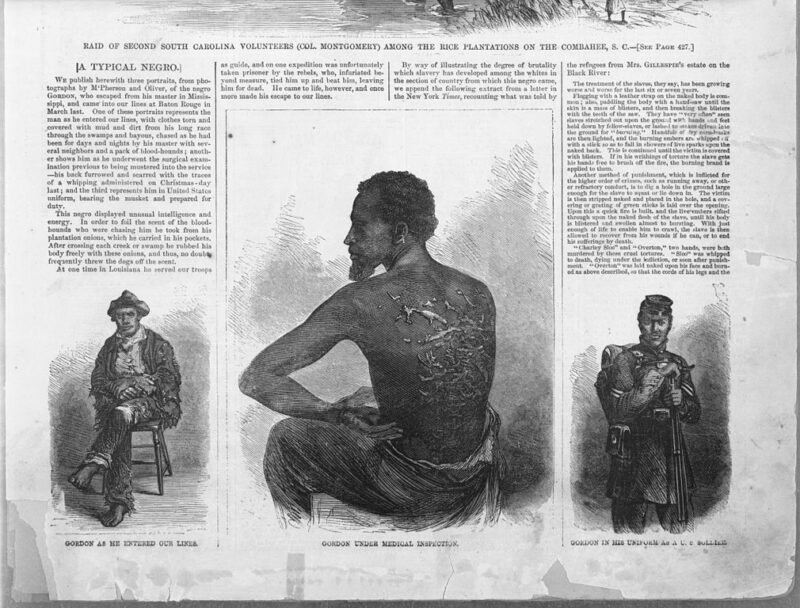
The Trump administration has ordered the removal of signs and exhibits related to slavery at multiple national parks,according to four people familiar with the matter, including a historic photograph of a formerly enslaved man showing scars on his back.
The individuals, who spoke on the condition of anonymity because they were not authorized to speak with the media, said the removals were in line with President Donald Trump’s March executive order directing the Interior Department to eliminate information that reflects a “corrosive ideology” that disparages historic Americans. National Park Service officials are broadly interpreting that directive to apply to information on racism, sexism, slavery, gay rights or persecution of Indigenous people.
Following Trump’s order, Interior Department officials issued policies ordering agency employees to report any information, including signage and gift shop items, that might be out of compliance. Trump officials also launched an effort asking park visitors to report offending material, but they mostly received criticisms of the administration and praise for the parks.
[…]
Separately, Park Service officials have ordered the removal of a photograph illustrating violence against slaves, known as “The Scourged Back,” at one national park, according to two people familiar with the matter who spoke on condition of anonymity because they were not authorized to speak with the media. They did not identify the park in question for fear of reprisals. The photograph, taken in 1863, shows scars on the back of a man probably named Peter Gordon from wounds inflicted by his masters before he escaped slavery.
The photo was circulated widely at the time, and Northern audiences were shocked at what the photo showed, said Anne Cross, a scholar of 19th century photography at Bowdoin College Museum of Art.
“The bodies of enslaved people like Peter Gordon revealed to them realities they had never seen with their own eyes before,” Cross said, “and in many cases it altered their political opinions about the need to defeat the Confederacy and preserve the Union.”
The photo has since become famous, taking on a greater meaning in the struggle for Black liberation, Cross said. The New Yorker integrated the image into a collage on its cover commemorating George Floyd, a month after his death at the hands of police. Later that year, Viola Davis appeared on the cover of Vanity Fair showing her back, with photographer Dario Calmese acknowledging that he sought to replicate the historic photo.
In his executive order, Trump singled out the “corrosive ideology” at Philadelphia’s Independence National Historical Park, where the founders signed the Declaration of Independence.
You can always discover Black history in our physical and virtual museums.
Follow along with Trump’s efforts to rewrite history in your breaking news page.
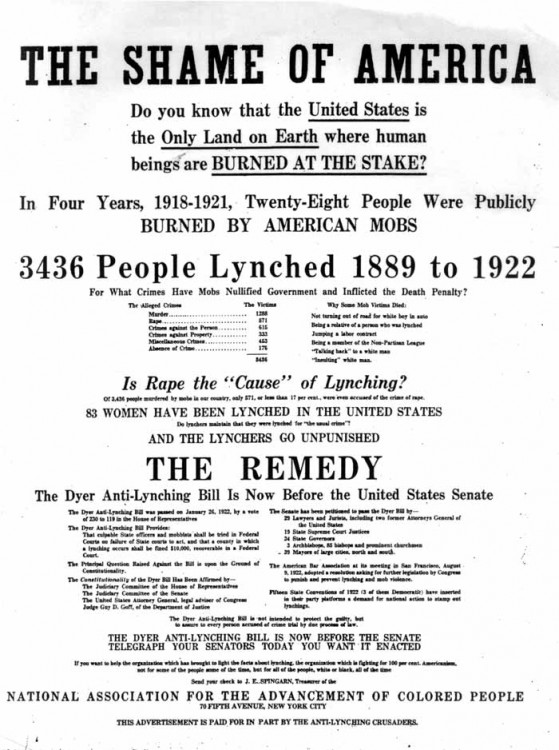
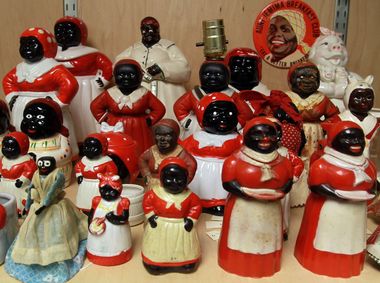


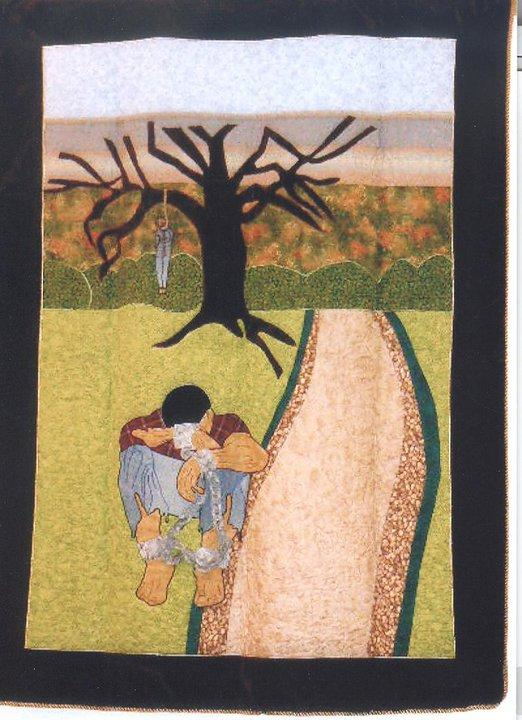

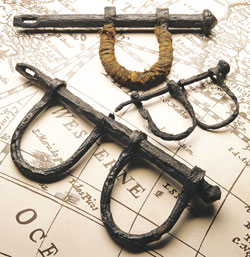


Comments Are Welcome
Note: We moderate submissions in order to create a space for meaningful dialogue, a space where museum visitors – adults and youth –– can exchange informed, thoughtful, and relevant comments that add value to our exhibits.
Racial slurs, personal attacks, obscenity, profanity, and SHOUTING do not meet the above standard. Such comments are posted in the exhibit Hateful Speech. Commercial promotions, impersonations, and incoherent comments likewise fail to meet our goals, so will not be posted. Submissions longer than 120 words will be shortened.
See our full Comments Policy here.